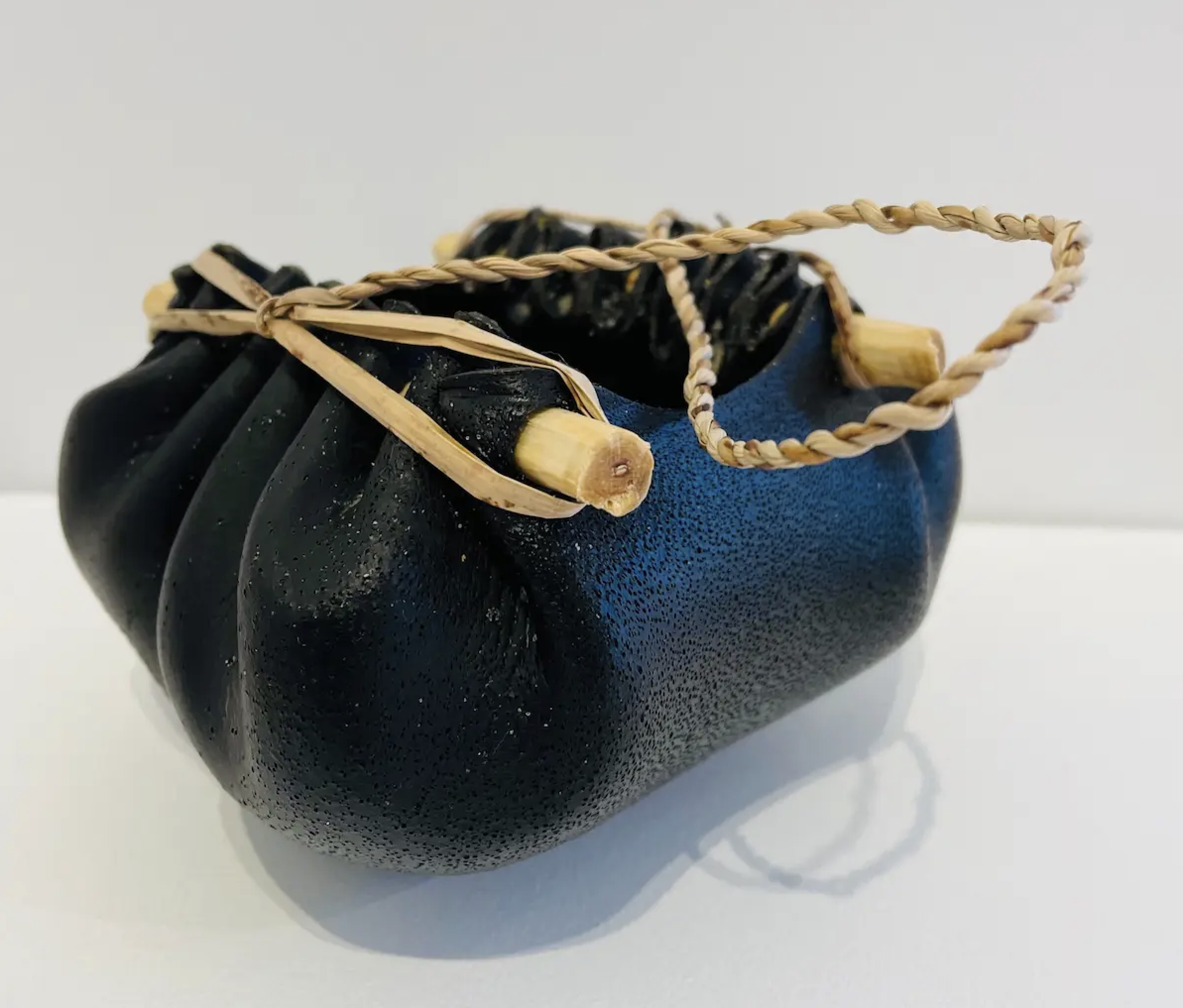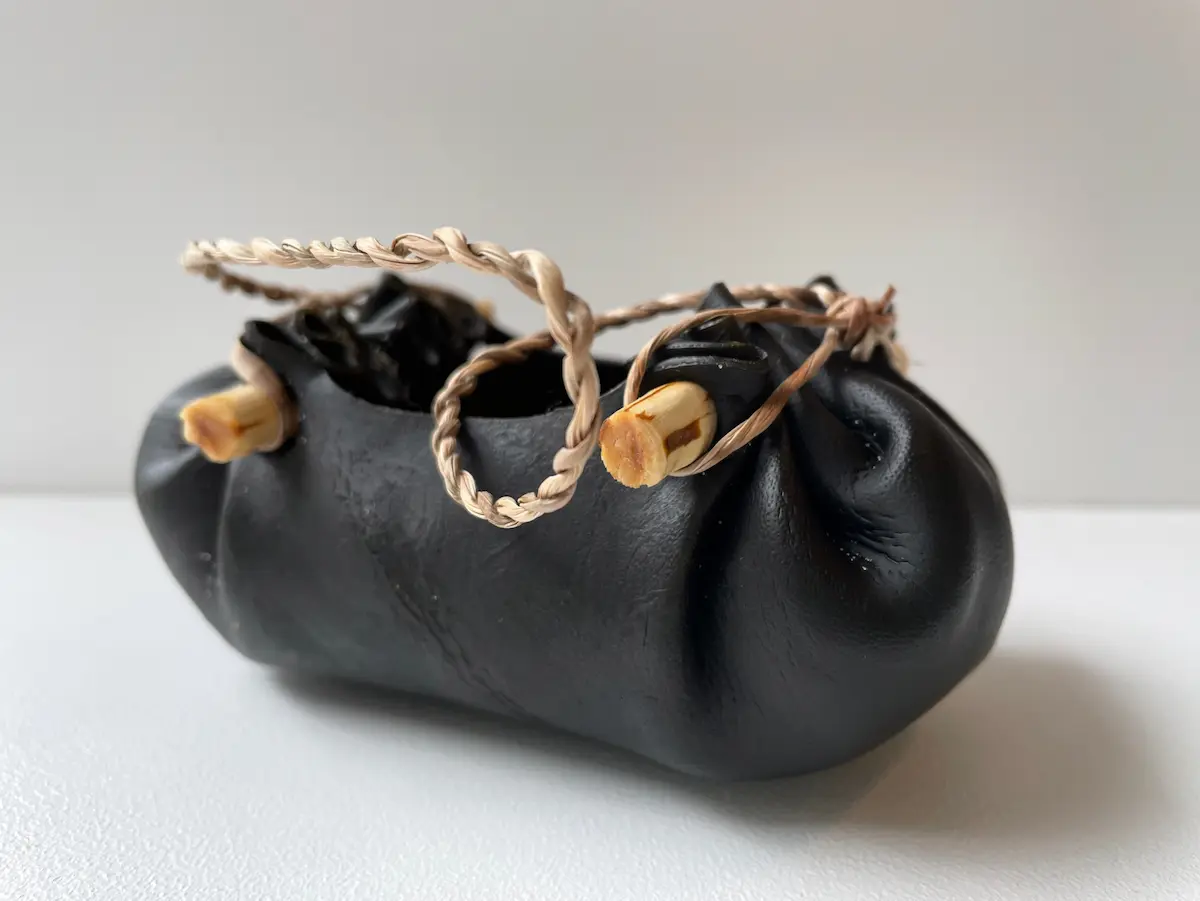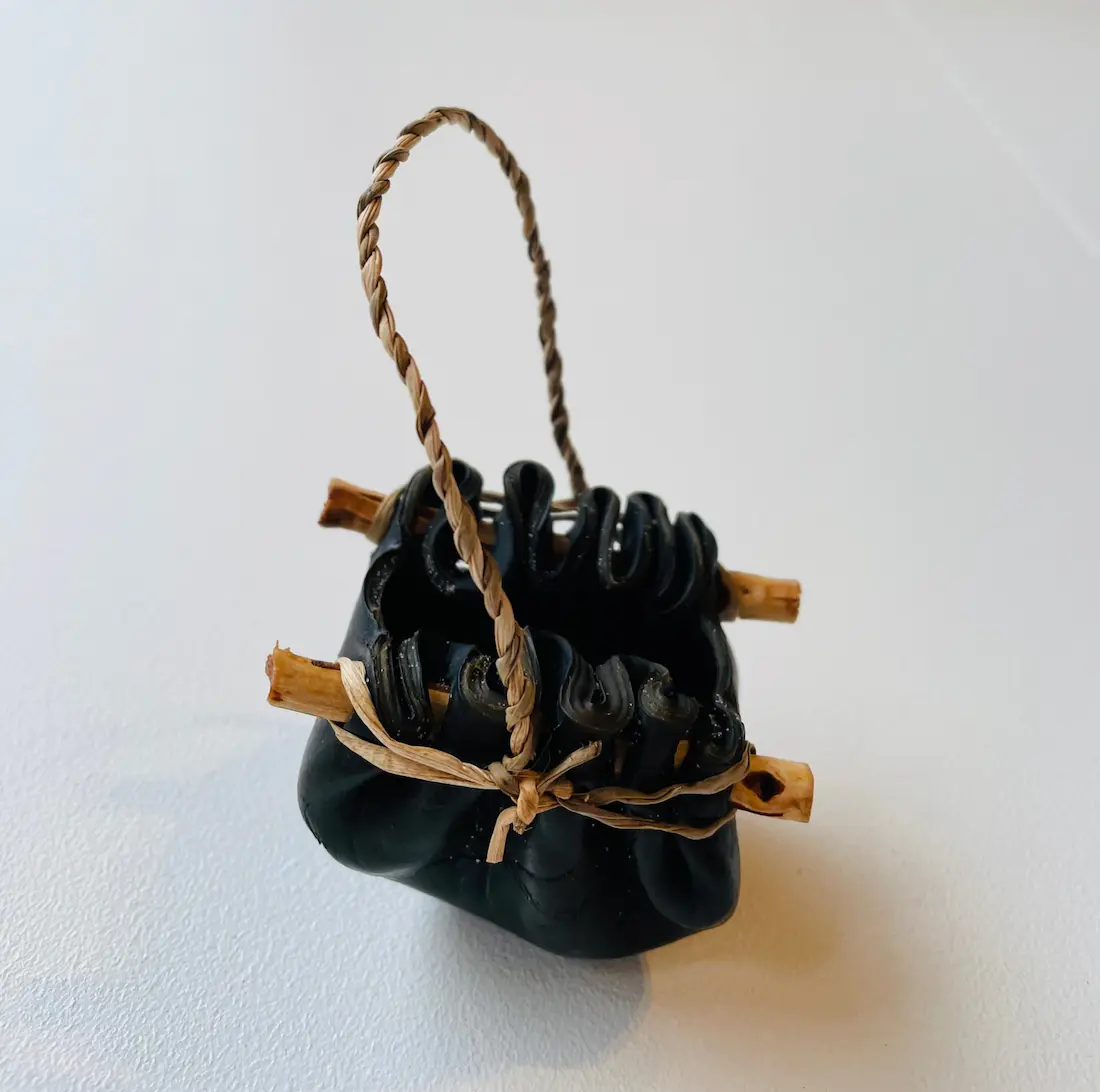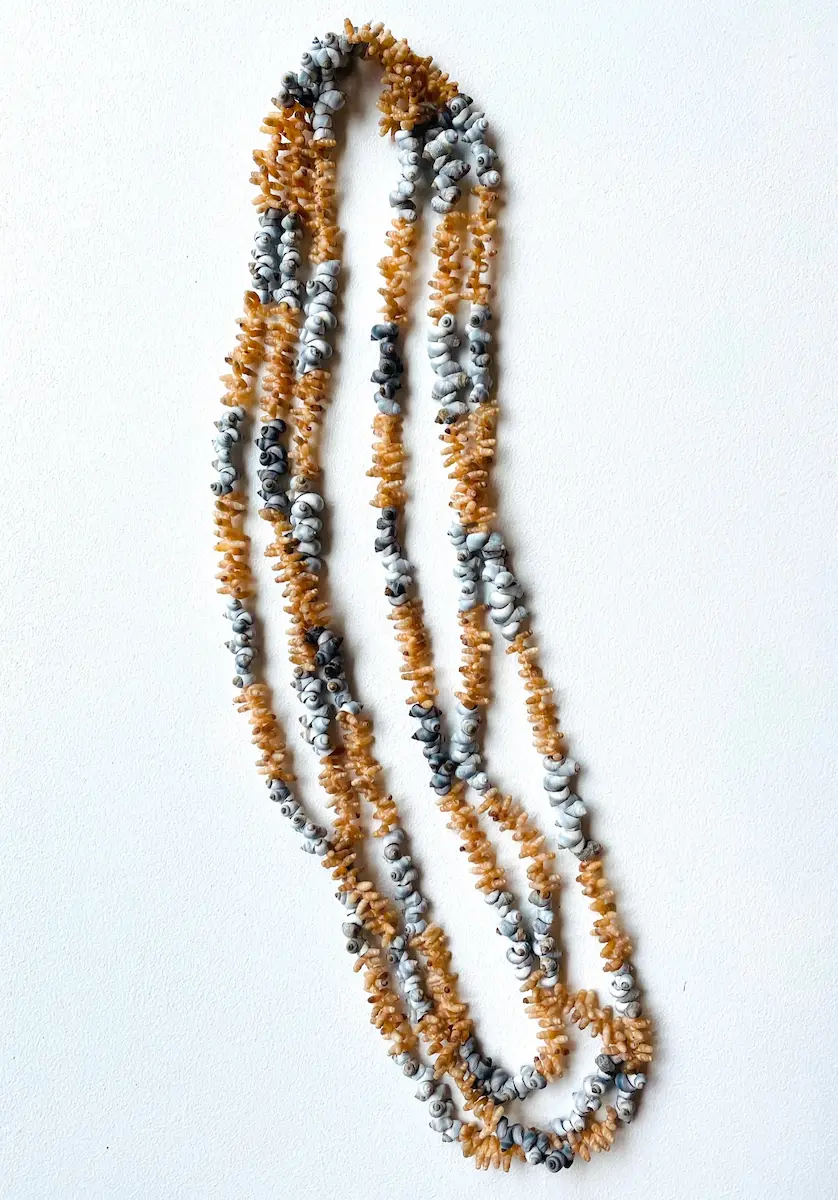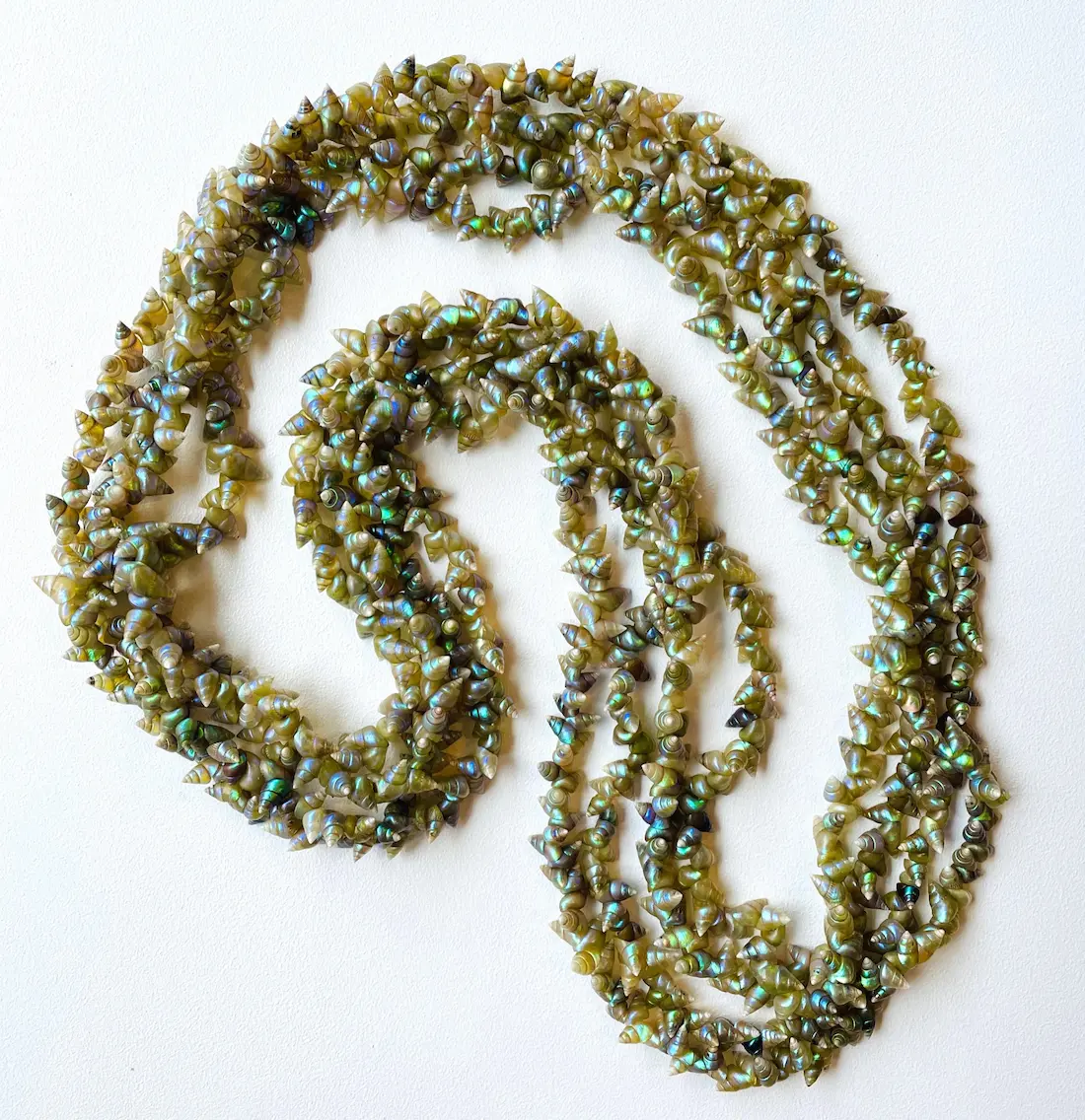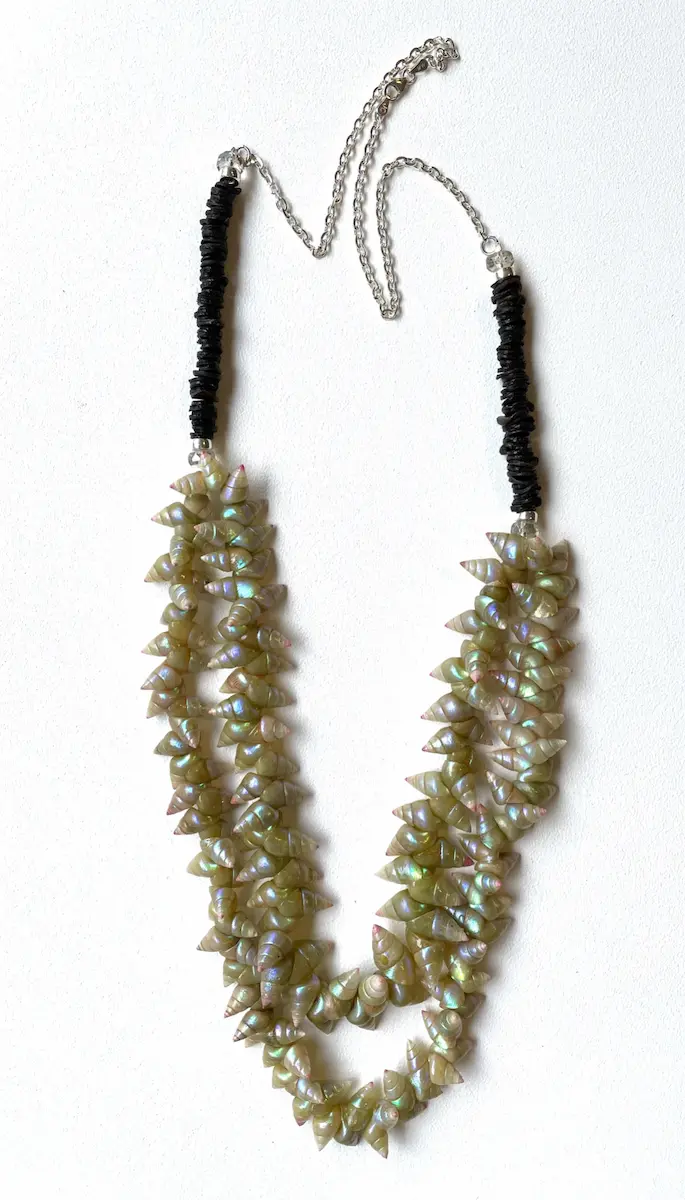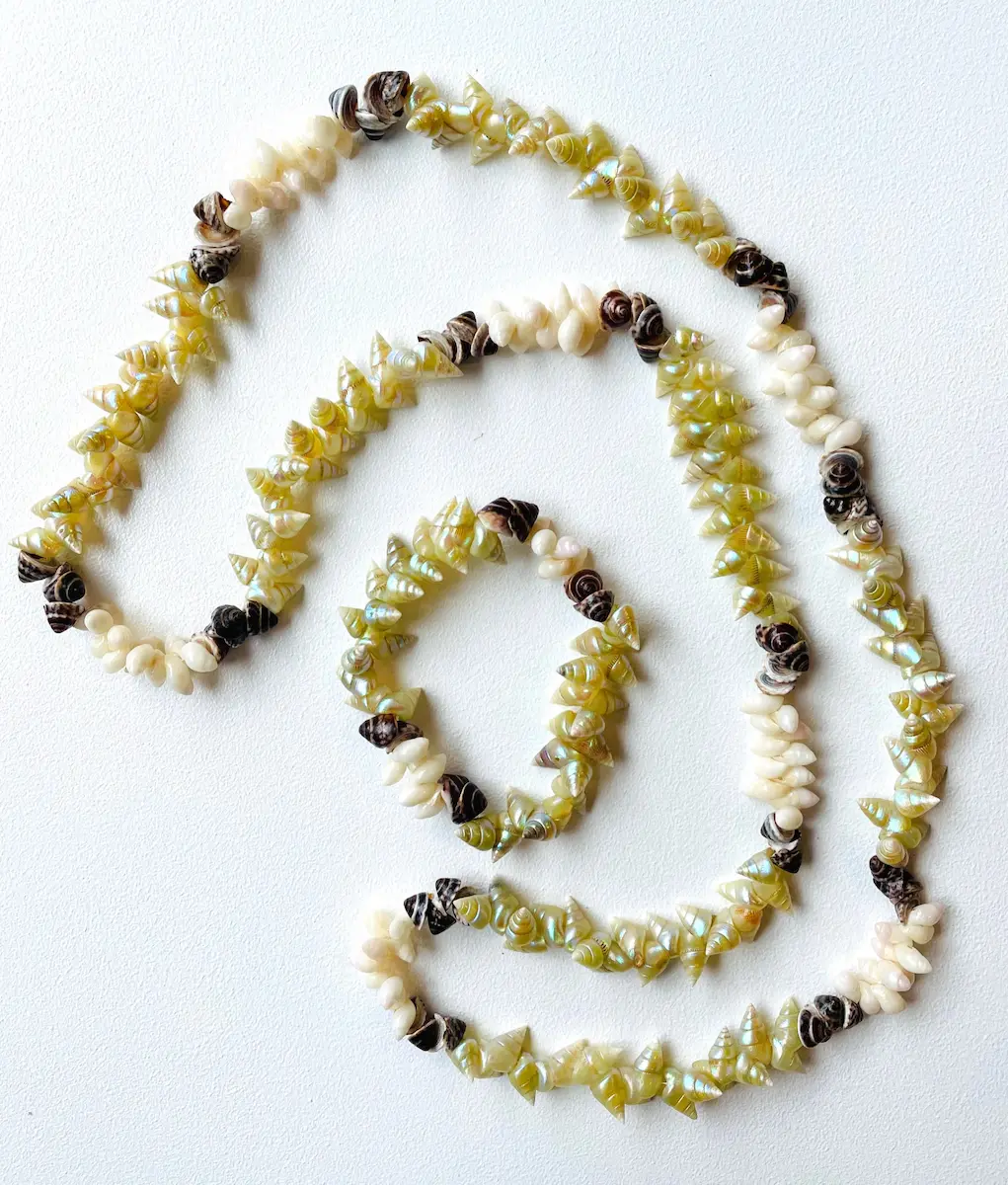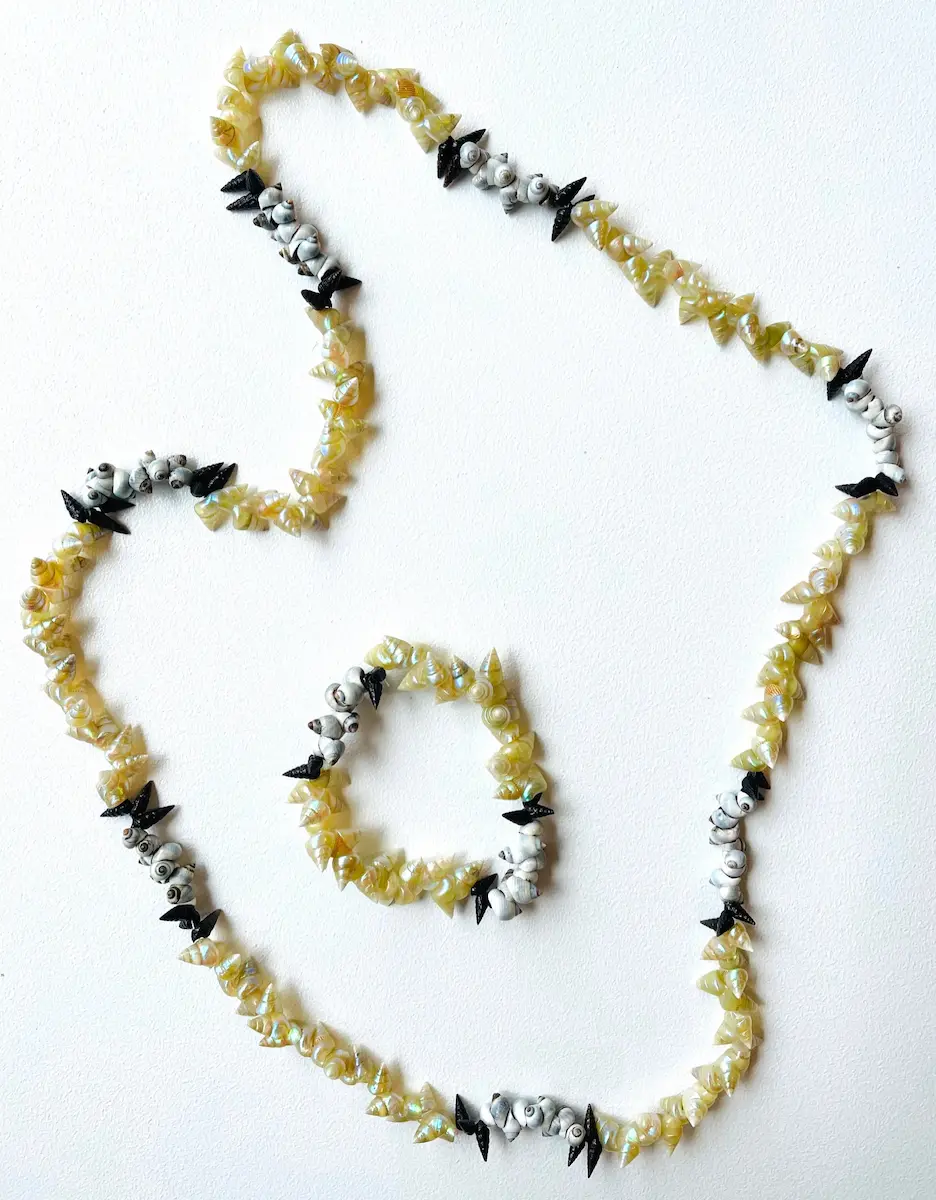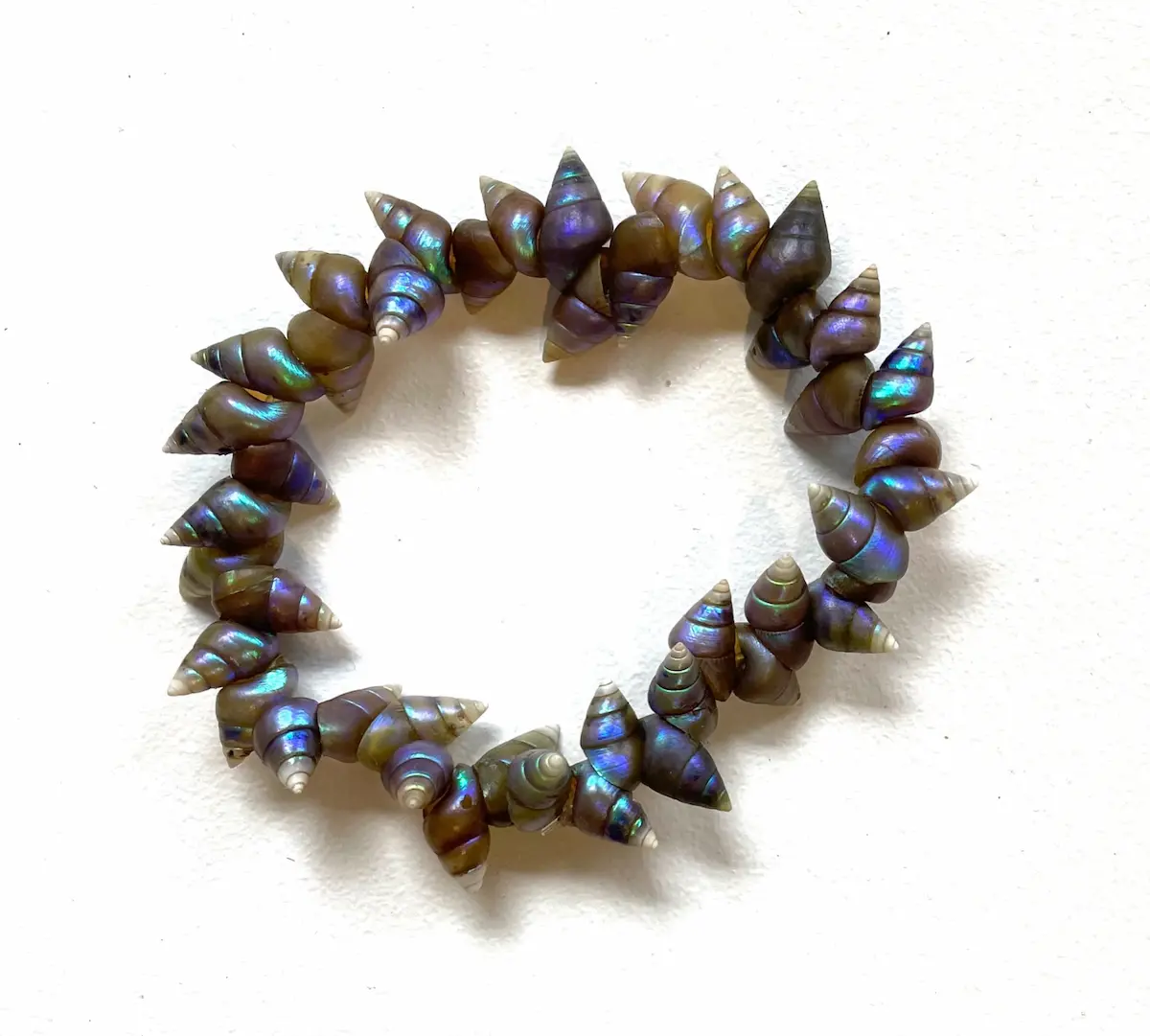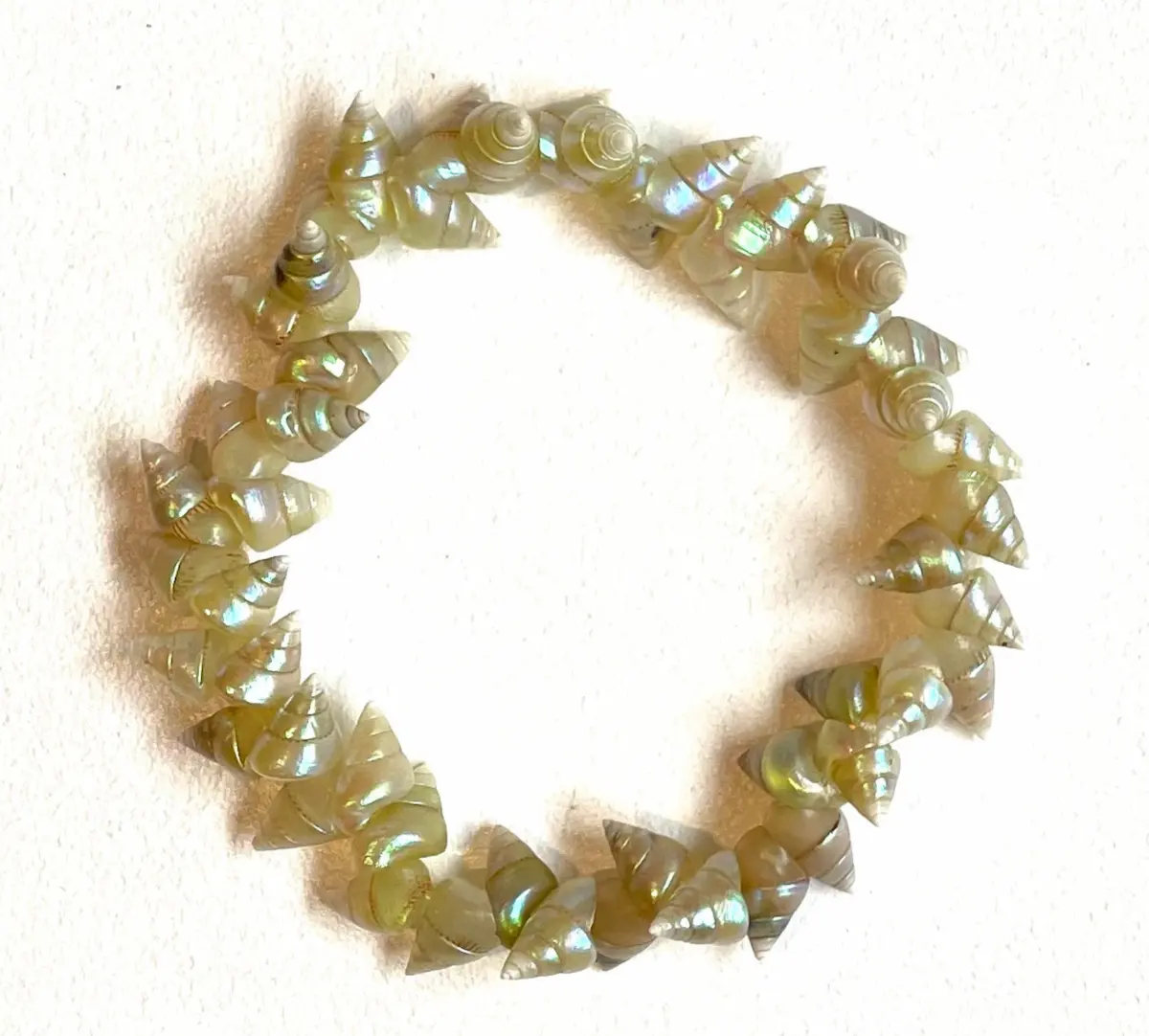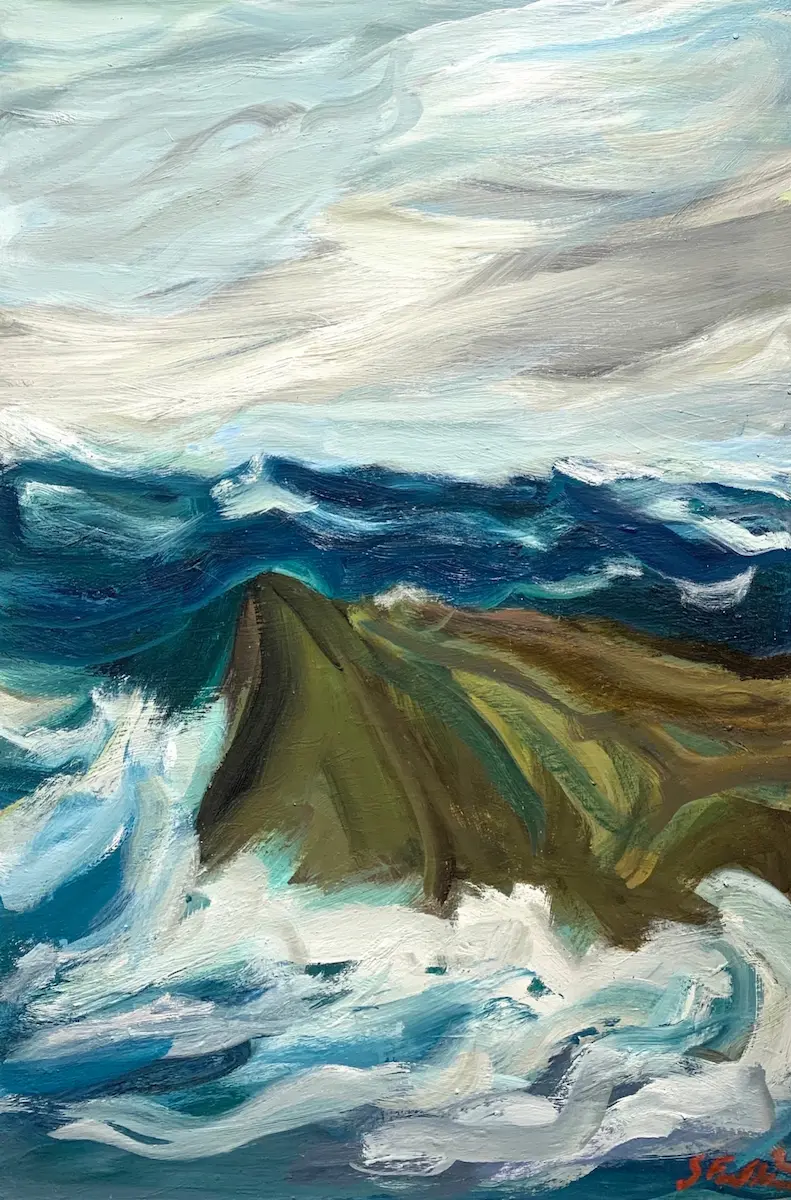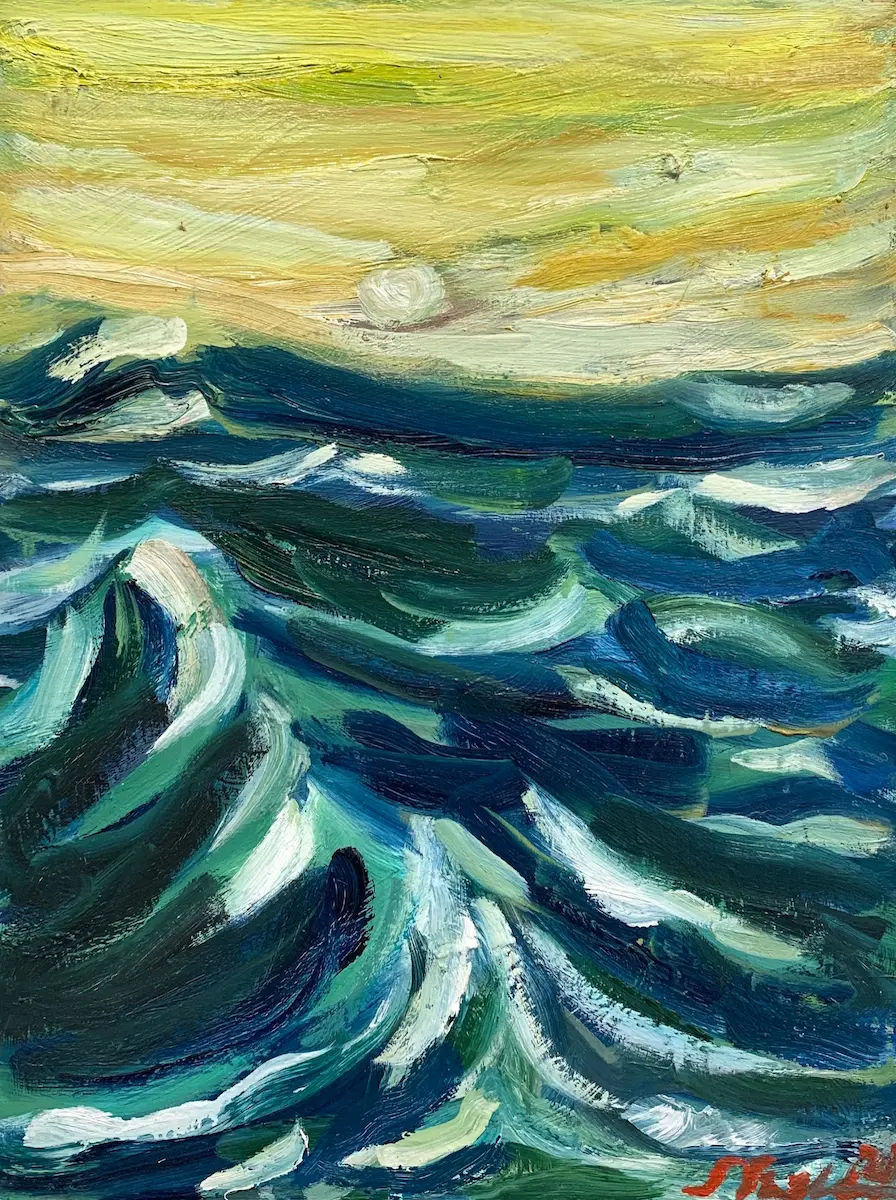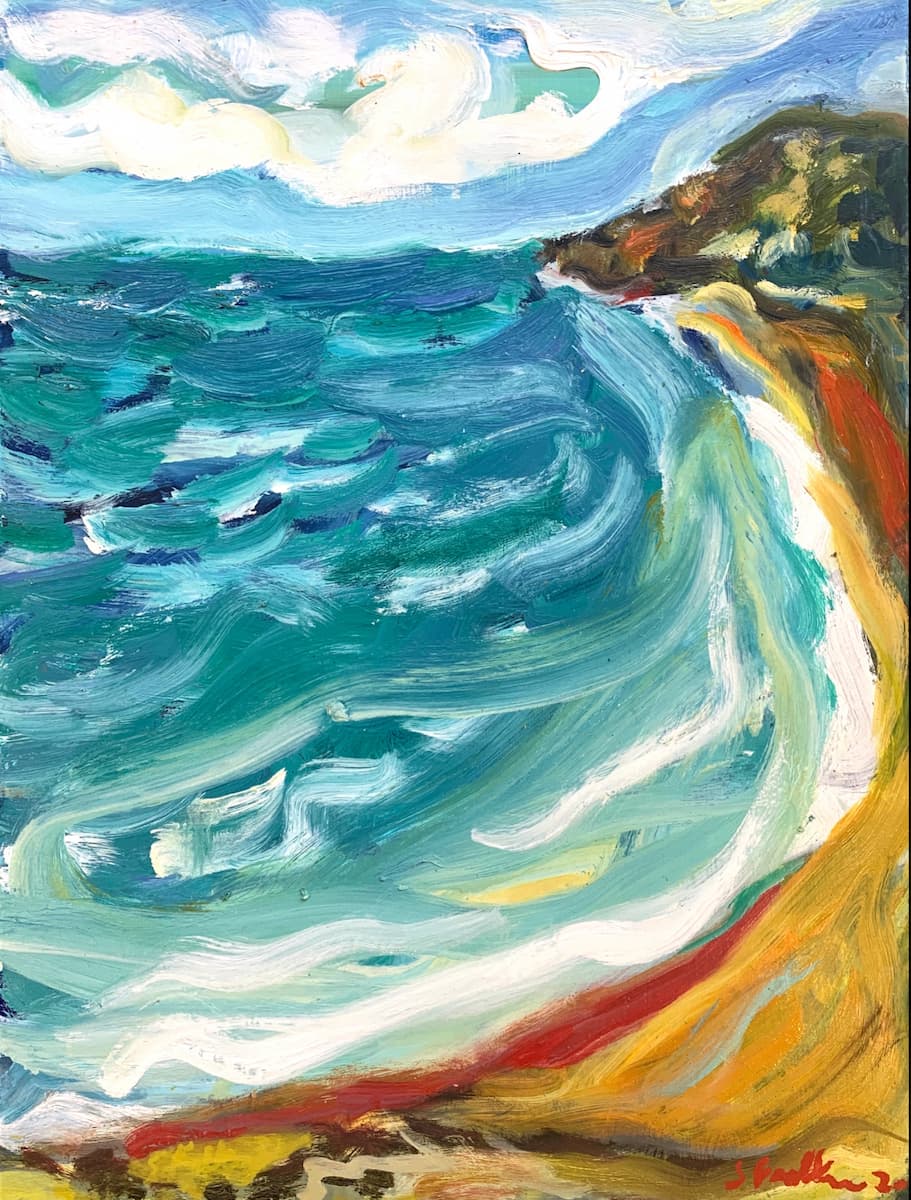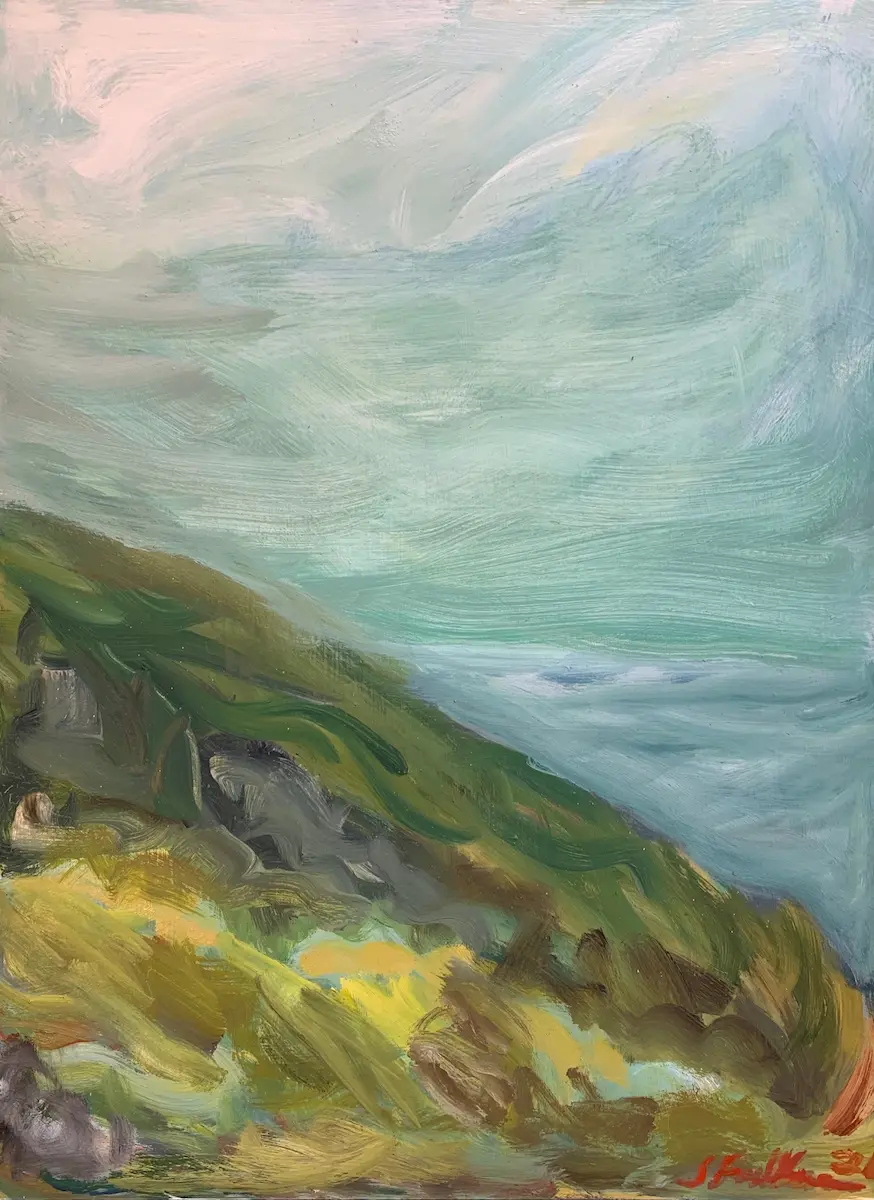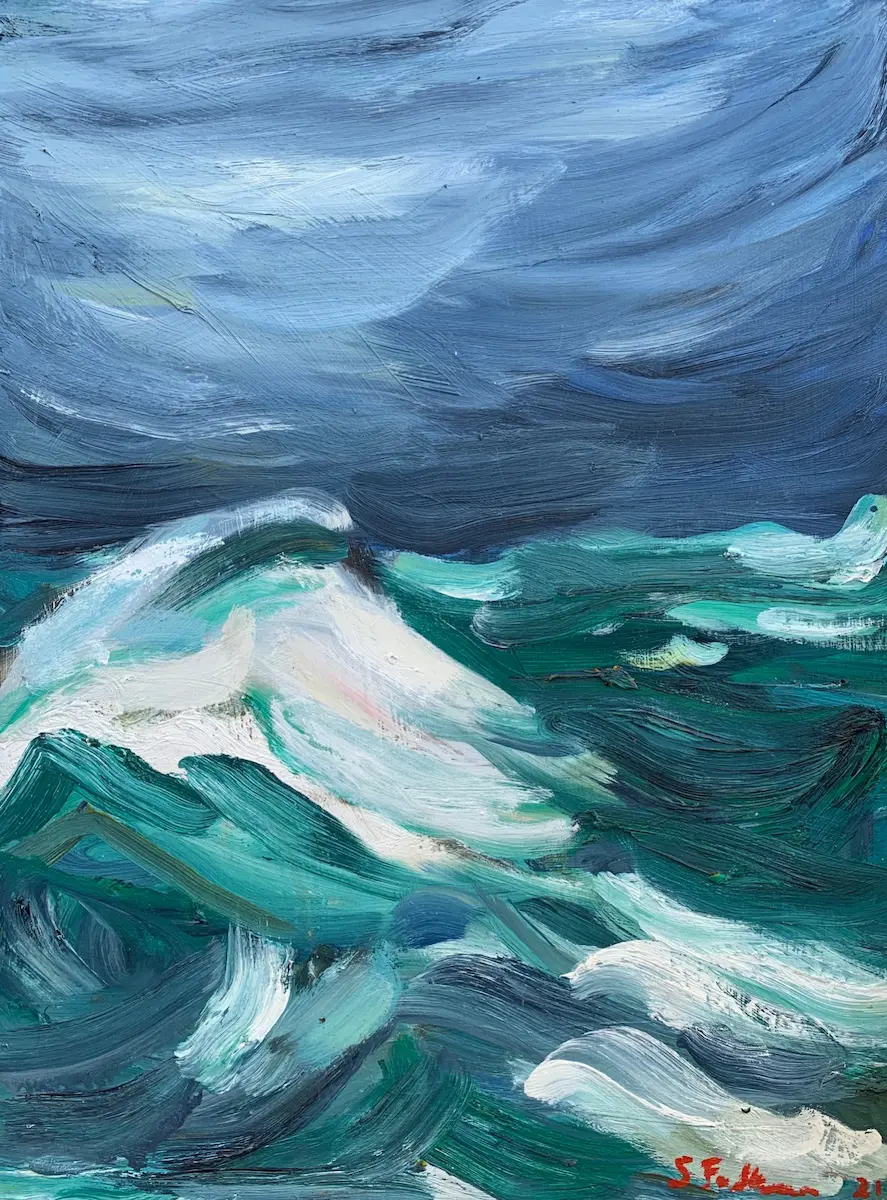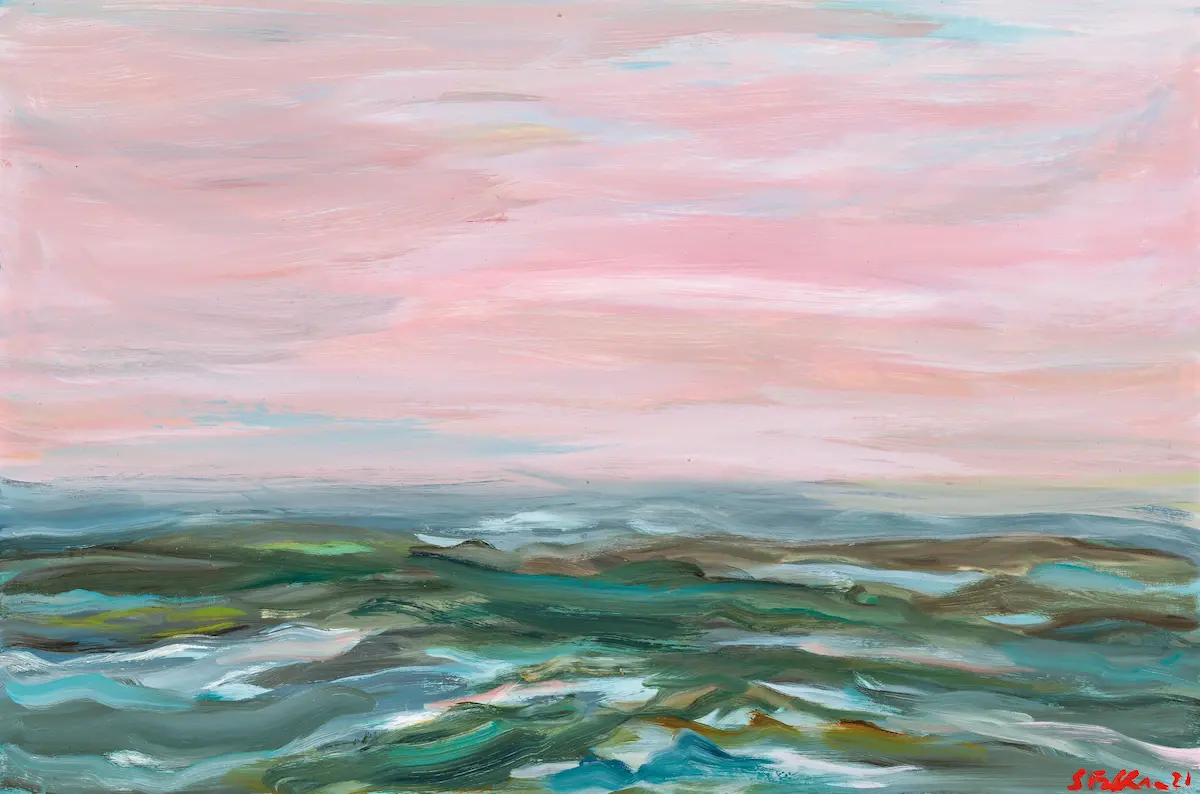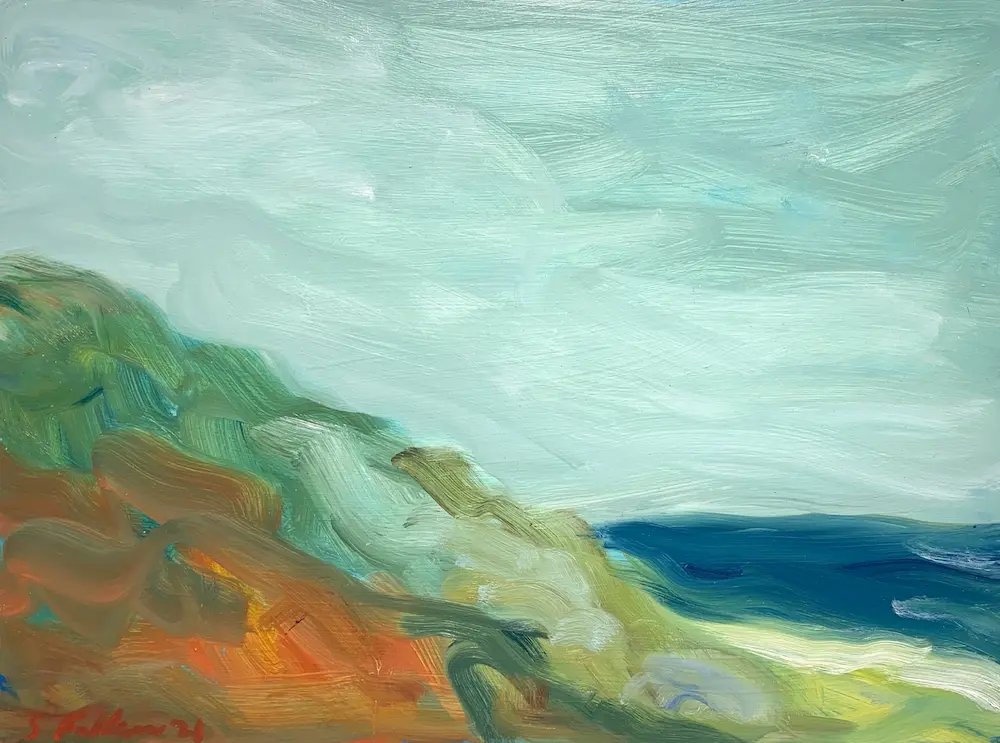The Sea, The Sea
Featuring new work that flows from the artists' personal and cultural connections with the sea.
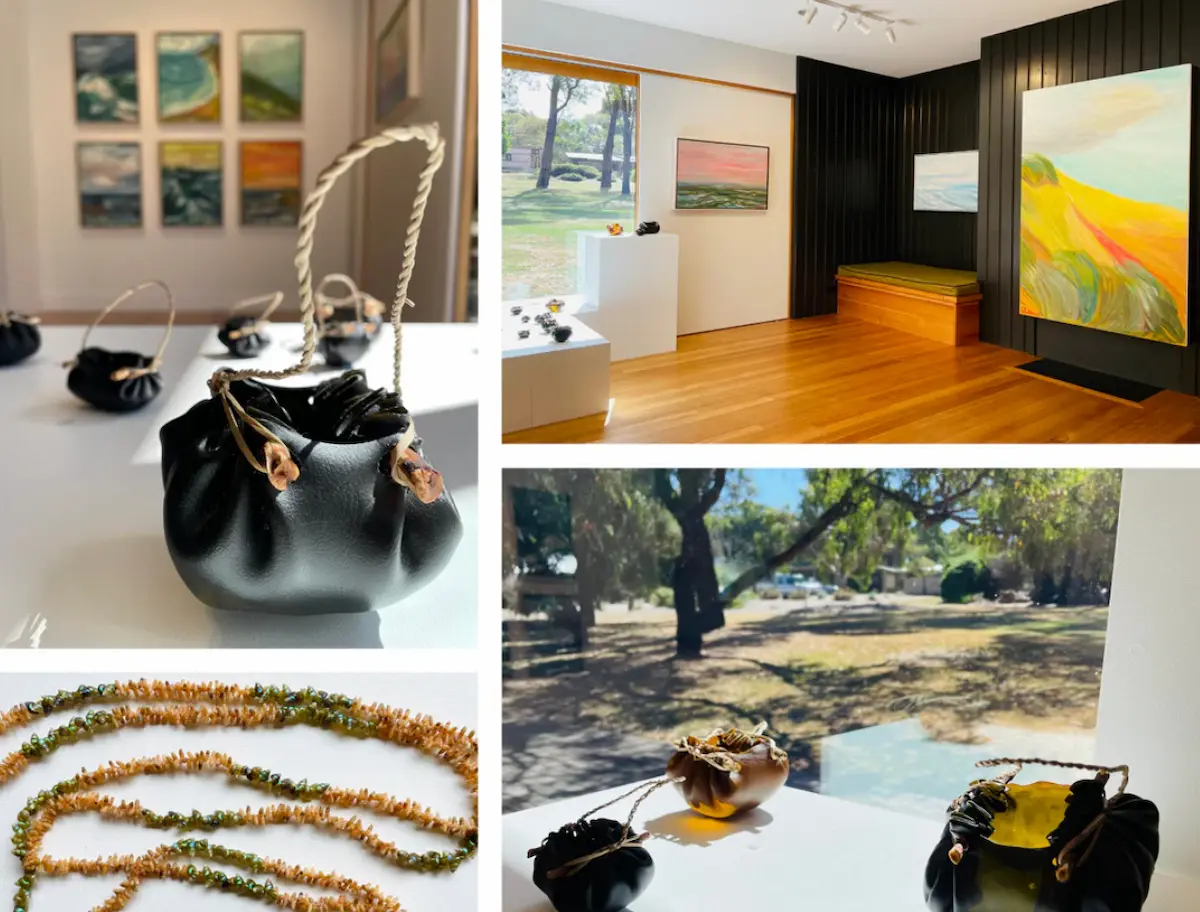
Nannette Shaw (Trawoolway, Tyereelore Elder with ties to Bunurong), and niece Fiona Hughes (Trawoolway, Tyereelore, Bunurong) make their work the same way the ancestral women of the Furneaux Islands and Tasmania have for thousands of years.
Nannette Shaw's kelp vessels are made in a slow process that begins with gathering the kelp from various locations on the island. The unusual yellow kelp for example, is from the north-west coast. Shaw's practice is central to her well-bring, she says, ‘Kelp is a very important part of who I am. Kelp centres me, it connects me where I need to be. It connects me to Country, Culture and my Ancestral Women.’ For generations kelp vessels were made and used by Palawa women to carry water.
Fiona Hughes is a traditional cultural weaver, kelp worker and shell stringer. Hughes was taught by her mother who is the sister of the late Aunty Joan Brown who was one of four shell stringers from Cape Barren Island. For this exhibition Highes presents a selection of shell work. Shell stringing is the cultural practice of collecting, preparing and stringing shell necklaces and bracelets. This practice is unique to Tasmanian Aboriginal women, and is widely recognised as being the finest work of its kind in the world.
Sarah Faulkner’s recent paintings find their genesis in the Mornington Peninsula’s back beaches. The artist relocated from Naarm/Melbourne to Blairgowrie in 2020 and this series portrays the artist’s intuitive response to the mercurial moods of the sea and sky. Painted from memory, she imparts the dramatic atmospheres and energies of the coast. Faulkner observed, ‘When walking along the cliffs, it is the energy and force of nature, be it big and wild, or calm and contemplative, that provides my inspiration. Every moment brings change.’
Gallery
This project was supported by












